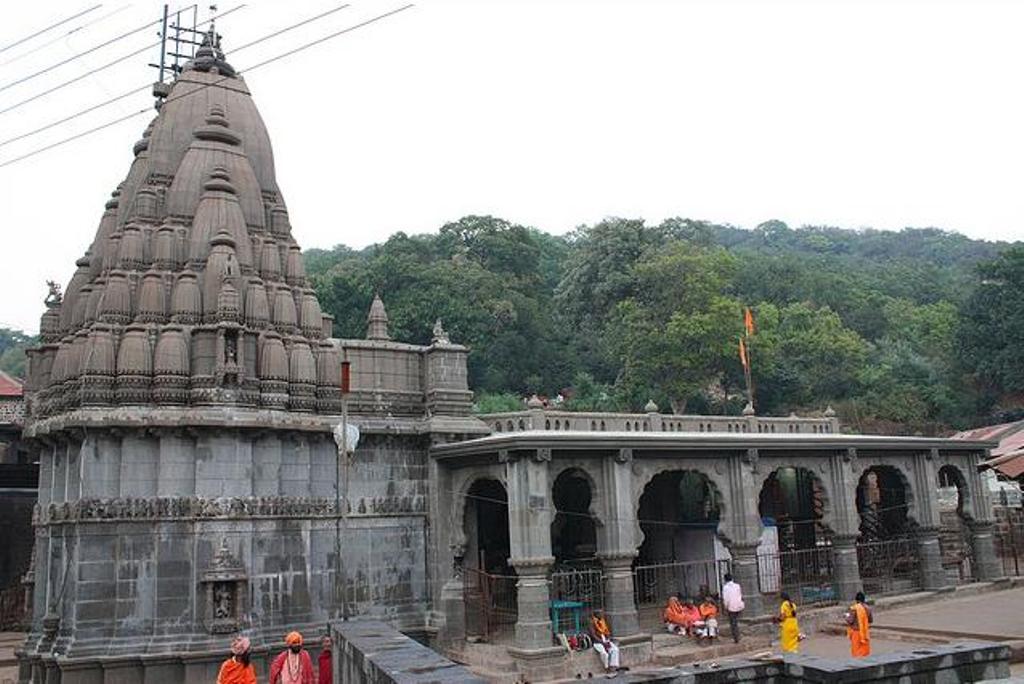Bhimashankar: A Comprehensive Exploration of Maharashtra’s Spiritual and Ecological Gem
Pilgrimage Journey:
1. Access Routes:
Embarking on a journey to Bhimashankar is a pilgrimage in itself. The region is accessible from Pune and Mumbai, with well-connected roadways leading to the foothills. The journey from the base to the temple encompasses picturesque landscapes, offering a preview of the natural beauty that awaits.
2. Trekking Trails:
For the ardent devotee seeking a more immersive experience, trekking trails such as the Ganesh Ghat and the Shidi Ghat provide a challenging yet spiritually rewarding journey. The trails wind through thick forests, offering glimpses of diverse flora and fauna, setting the stage for a holistic pilgrimage.
3. Wildlife Sanctuary:
The Bhimashankar Wildlife Sanctuary envelopes the temple, creating a harmonious blend of spirituality and nature. Pilgrims often encounter wildlife during their journey, adding an element of adventure to the spiritual quest.
Introduction:
Bhimashankar, cradled in the Sahyadri Range of the Western Ghats in Pune, Maharashtra, is a multifaceted destination that intertwines spirituality, biodiversity, and cultural richness. Home to the ancient Bhimashankar Temple and a thriving wildlife sanctuary, this region beckons pilgrims, trekkers, and nature enthusiasts alike. In this detailed exploration, we will navigate through the geographical nuances, religious significance, pilgrimage trails, biodiversity, cultural festivities, and ongoing conservation efforts that define the essence of Bhimashankar.
Geography and Climate:
1. Geographical Marvel:
Nestled at an elevation of approximately 3,250 feet, Bhimashankar is strategically positioned in the heart of the Sahyadri Range. The landscape is characterized by rolling hills, dense forests, and meandering rivers, providing a serene backdrop for spiritual contemplation.
2. Climate and Seasons:
The climate in Bhimashankar exhibits the typical characteristics of the Western Ghats. Winters are cool and pleasant, while summers are moderate. Monsoons transform the region into a lush green paradise. The varied seasons contribute to the diverse flora and fauna that flourish in this ecosystem.
Religious Significance:
1. Bhimashankar Temple:
At the core of Bhimashankar’s spiritual aura is the Bhimashankar Temple, an architectural marvel believed to be one of the twelve sacred Jyotirlingas dedicated to Lord Shiva. The temple’s construction, a blend of Hemadpanthi and Nagara architectural styles, reflects the historical and cultural richness of the region.
2. Mythological Threads:
The roots of Bhimashankar’s significance delve into Hindu mythology. It is believed that Lord Shiva manifested as Bhima to vanquish the demon Tripurasura. The Linga enshrined in the temple is considered self-manifested, symbolizing the divine energy of Lord Shiva.
Flora and Fauna:
1. Biodiversity Hotspot:
Bhimashankar is recognized as a biodiversity hotspot, owing to its rich variety of plant and animal species. The lush forests are home to medicinal plants, rare herbs, and orchids, contributing to the region’s ecological significance.
2. Shekru Conservation:
A jewel in the sanctuary’s crown is the Indian giant squirrel, locally known as shekru. Efforts are underway to protect this endangered species and its natural habitat, emphasizing the delicate balance between spiritual pilgrimage and environmental conservation.
Cultural and Festive Celebrations:
1. Mahashivaratri Celebrations:
Mahashivaratri, the great night dedicated to Lord Shiva, is celebrated with unparalleled fervor in Bhimashankar. Pilgrims from various parts of Maharashtra gather to participate in the religious rituals, creating an atmosphere charged with divine energy.
2. Gauri Puja Festivities:
Gauri Puja, honoring Goddess Parvati, is another significant festival celebrated with enthusiasm. Devotees engage in prayers and rituals, invoking the divine feminine energy that complements the overarching spirituality of Bhimashankar.
Local Communities and Traditions:
1. Village Life and Traditions:
The villages surrounding Bhimashankar echo the simplicity and warmth of rural life. Local communities have preserved traditional practices, contributing to the spiritual and cultural vibrancy of the region.
2. Cultural Heritage:
Bhimashankar is not merely a religious center but also a repository of cultural heritage. The festivals, folk music, and traditional dances are integral parts of the cultural tapestry that enriches the pilgrimage experience.
Conservation and Sustainable Tourism:
1. Environmental Challenges:
The increasing influx of pilgrims and tourists poses challenges to the delicate ecosystem of Bhimashankar. Issues such as waste management, deforestation, and wildlife disturbance require strategic interventions.
2. Community Initiatives:
Local communities and environmental organizations are actively involved in initiatives to promote sustainable tourism. Awareness programs, afforestation drives, and waste management efforts aim to strike a balance between pilgrimage activities and environmental preservation.
Conclusion:
Bhimashankar, with its amalgamation of spirituality and biodiversity, transcends the conventional boundaries of pilgrimage. The journey to this sacred site is not merely a physical sojourn but a holistic exploration of nature, culture, and divinity. As efforts persist to preserve the ecological balance and cultural heritage of the region, Bhimashankar stands as a beacon of harmony between spirituality and the environment. It invites pilgrims and nature enthusiasts to connect with the divine in the lap of nature, fostering a deep appreciation for the sacred and the sublime.
Enter your email to get the Latest Updated Exploring News and Topics
Discover more from atozexplore.com
Subscribe to get the latest posts sent to your email.






